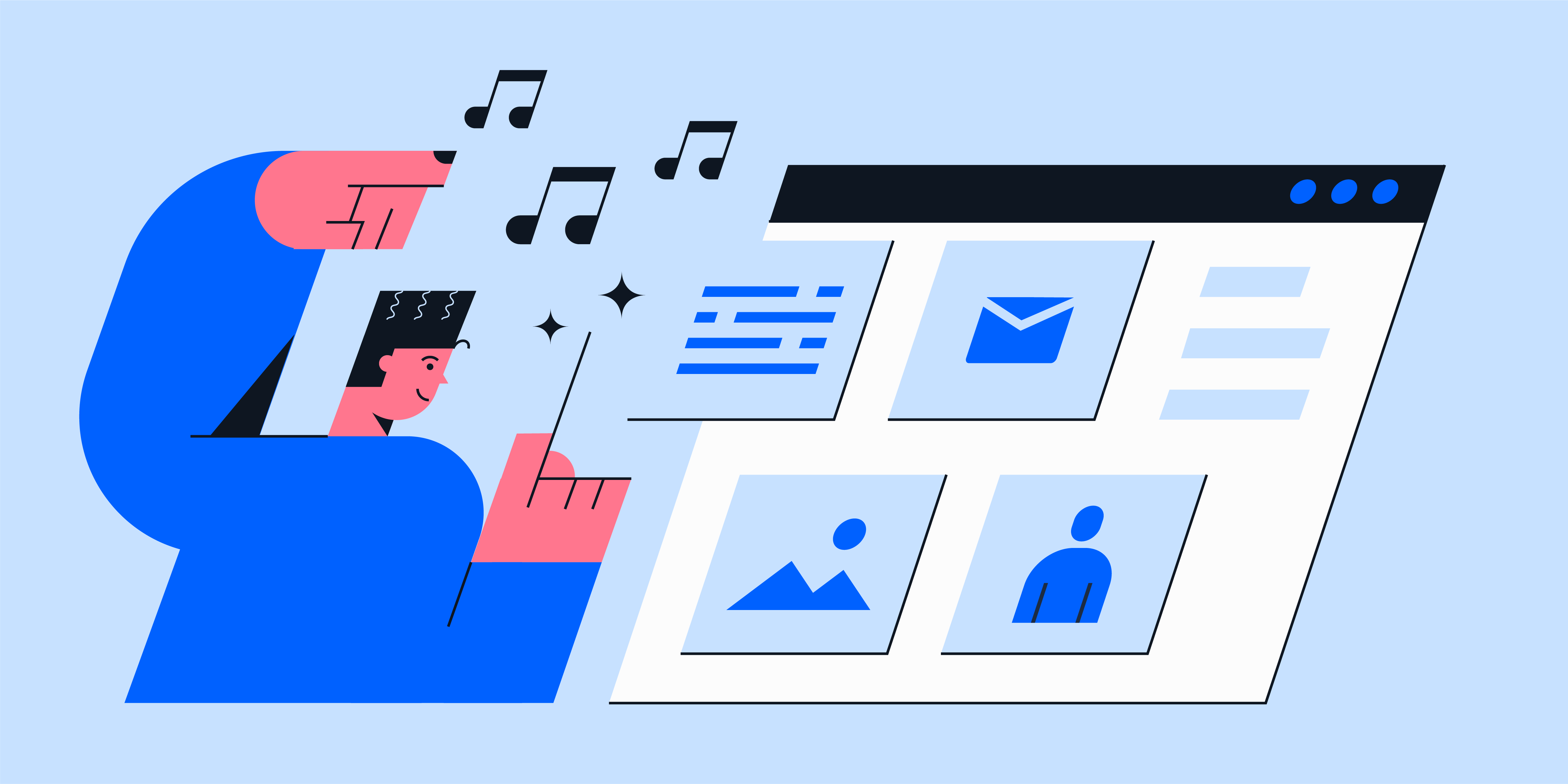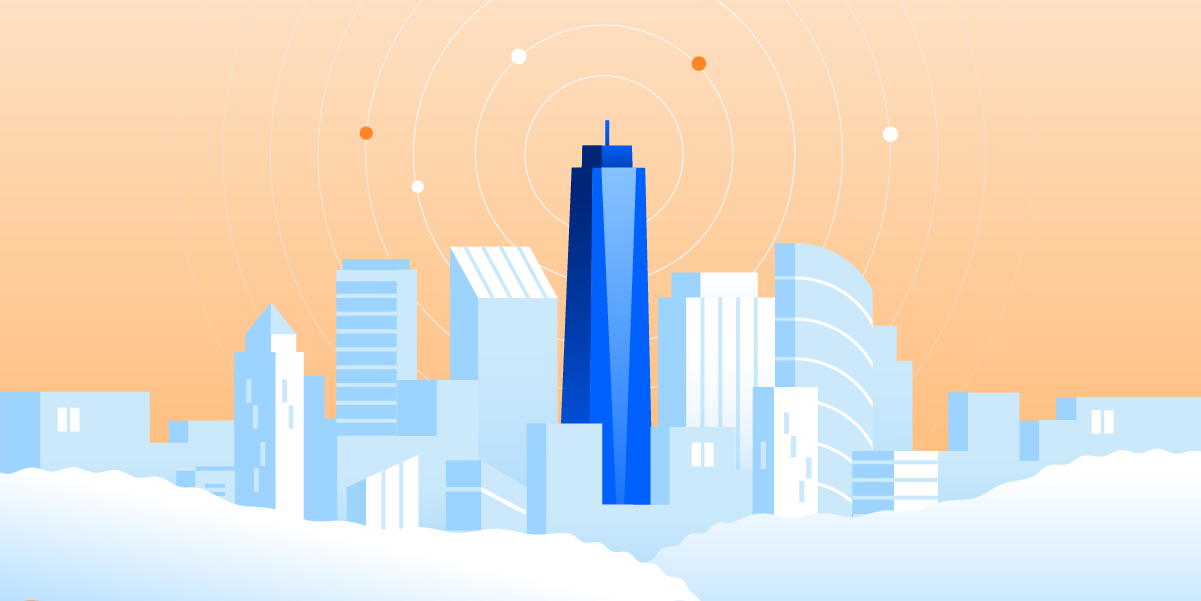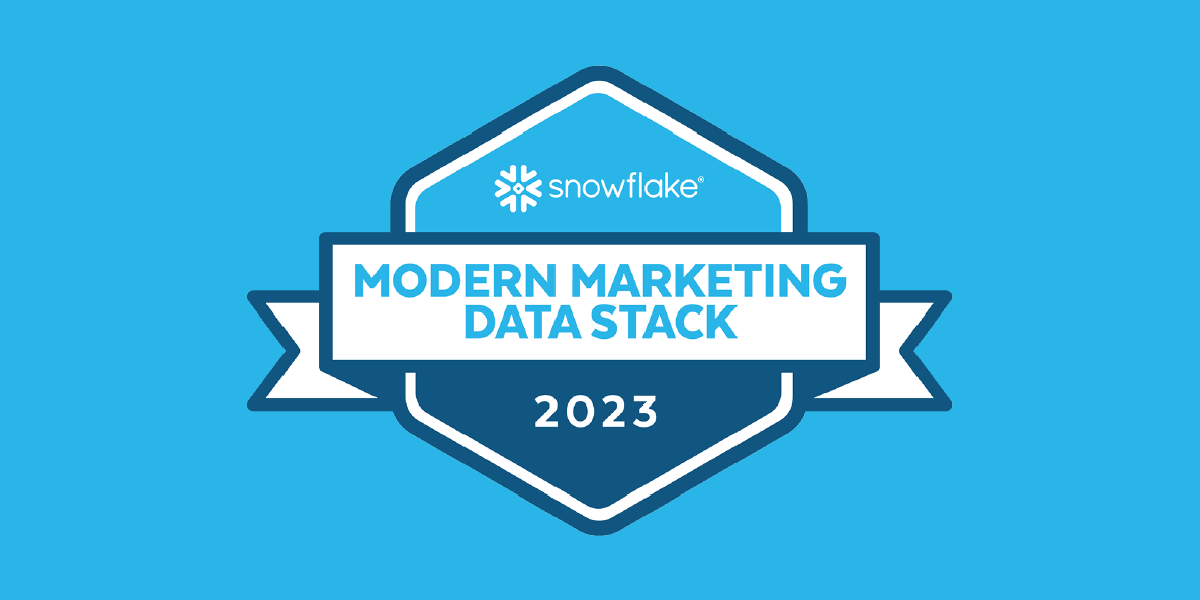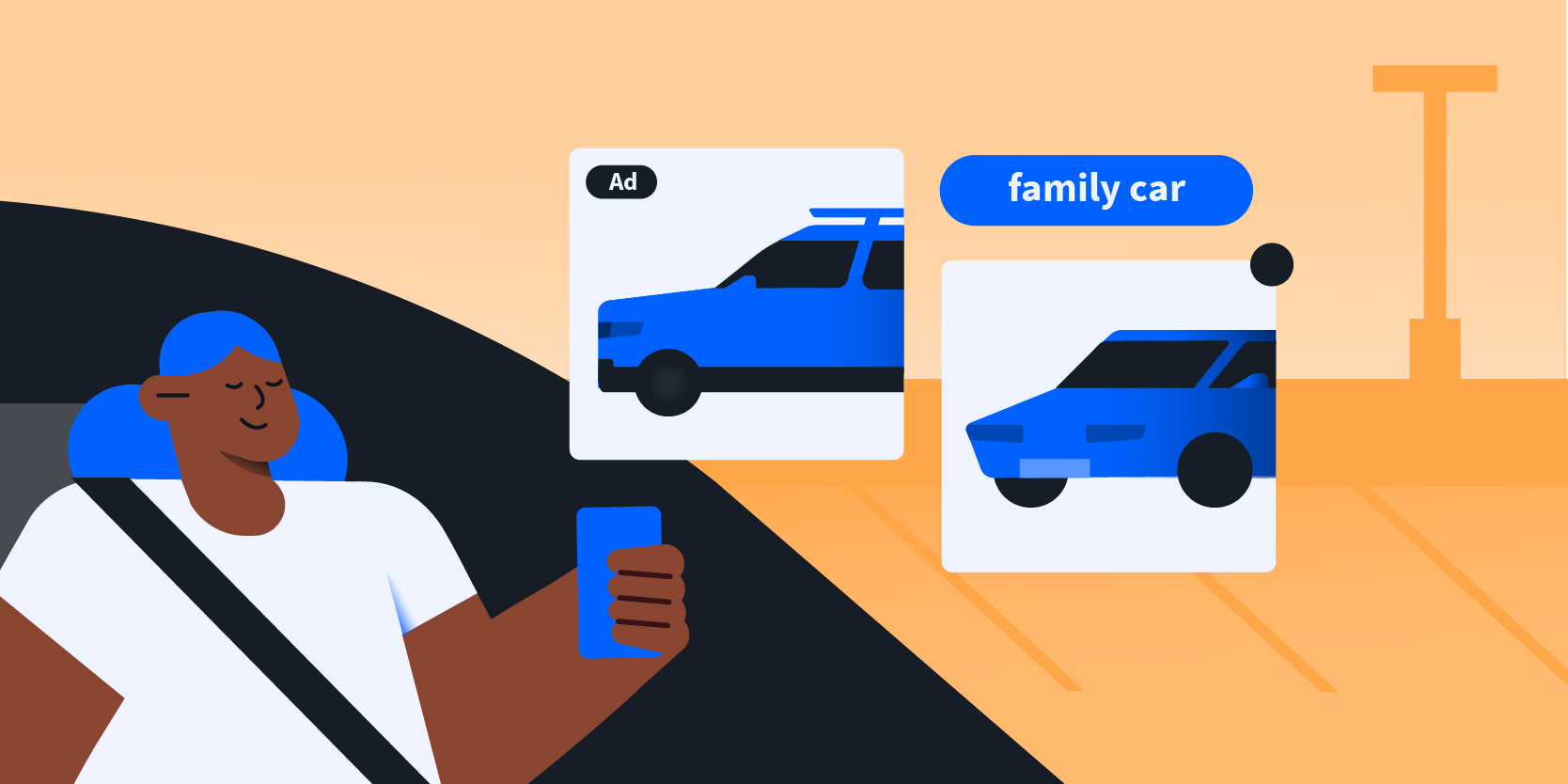Marketing personalization is a journey, optimizing alongside digital transformation. Back in the day, most marketers collected data at the bottom of the funnel to identify customers and their attributes post-purchase. This method of information gathering introduced a rather large confirmation bias and narrowed a brand or company’s total addressable market (TAM) potential. In other words, information gathering was good, but the quality of information was not.
The introduction of the cookie completely changed how we collected and accessed data, improving top-of-funnel data accuracy and by extension, TAM determination. Third-party cookies gave us a new path to observe and better understand individual buyer journeys, purchasing patterns and other previously unknown features and attributes, becoming a slice of the larger data orchestration pie.
Simply put, data orchestration in marketing personalization is the combination of data, identity and artificial intelligence. Technology providers have been tuning the machine learning algorithms that enhance the volumes and types of data that platforms are able to ingest, model and use to make highly targeted and personalized programmatic decisions within paid marketing campaigns.
The Future of Marketing Personalization
Data orchestration can’t exist without data collection. As marketers, new technology adoption helps us improve the efficacy of our campaign data, especially as data requirements evolve. Marketers have always had (and will continue to have) an abundance of data available to help them build highly personalized campaigns.
Data orchestration collects and models data from a variety of online and offline sources, even factoring in things like sales lift, foot traffic, online conversions and brand lift. It categorizes and segments the data across online identifiers, personas and purchasing paths. The result is a people-based marketing approach that helps marketers reach the right person at the right time and in the right context. It’s an always-on, continuous process that supports paid campaigns from planning to activation and attribution.
Data Orchestration as a Revenue Centre
Now let’s flip marketing and advertising on its head by viewing data as a revenue centre. Revenue attribution is usually a top priority, yet a number of businesses struggle indirectly correlating marketing and ad spend to their bottom line. Effective marketing personalization drives data orchestration, and effective data orchestration drives better attribution. Every dollar spent on marketing can increase revenue when considered as part of cost of goods sold (COGS).
B2B sales cycles are typically longer and B2B marketers tend to focus on the parts of the funnel that directly generate ROI, like opportunity conversions and lead qualification. But heavy investment in low-funnel activities can limit the ability to convert and narrows the campaign’s overall reach.
Segmentation is important, but when leveraging data orchestration, digital marketers have the freedom to run more effective campaigns. The technology handles campaign execution, audience reach, personalized content and automated A/B testing, all while building its data stash. Contrary to popular belief, operating broader-based campaigns ultimately helps marketers execute more efficient campaigns that reach the total addressable customer market, rather than isolated funnel stages.
Where to Start with Data Orchestration
- Understand your customer and all of the ways you can collect data on them in a privacy compliant manner.
- Figure out a mix of 1st and 3rd-party data that works best for your brand.
- For 1st-party data evaluate top DMPs, CDPs or in-house solutions (depending on the size of your brand and your team).
- For 3rd-party data—make sure you ask the right questions on how the data is collected (for quality + privacy) and the modelling process because all 3rd-party data providers will have different methodologies (some better than others).
- Make sure your DMP, CDP or 3rd-party data provider is capable of easily and securely transferring the data to all of the marketing channels you leverage in a timely manner.
- Lastly, make sure your marketing channel vendors are able to add to your data orchestration strategy with things like audience insights, engagement metrics, lookalike audiences, etc.
Data Orchestration Strategies
Let’s put data orchestration into the context of media buying stages and the different audience targeting strategies that you can use through a campaign.
In B2C:
A movie media company wants to promote an upcoming movie and drive people to purchase tickets at a box office.
- Start with broad awareness and CPM bidding to learn who engages with the ad.
- Using the attributes of the people who engaged with the ad, target them in a consideration campaign, using the interest information gathered at the top of the funnel to group the individuals into a segment.
- Target the segment with a movie trailer.
- Use bidding based on a CPCV goal to retarget the people who watched the entire trailer with a native or display ad, promoting a ticket sale—the action portion of the campaign.
- Using footfall attribution data, analyze who went to the theatre and actually purchased a ticket to build out campaign measurement.
In B2B:
Often B2B marketers invest heavily in the lower funnel. However, this strategy actually bottlenecks their ability to convert people. As a B2B marketer, if you aren’t investing heavily in the upper funnel, then your campaign is kicking off with a really narrow lens.
- Start with a large awareness campaign with fairly open targeting to widen the funnel as much as possible.
- Determine the attributes (think interests, industries, job titles) of all of your unknown prospects.
- Nurture new prospects down the funnel starting with CPM bidding and continue on to bidding based on CPCV goals leading to conversion assets.
At the end of the day all data collected through the campaign will nurture prospects down the funnel. The key is leveraging all of that data to build a data orchestration and personalization strategy. The payoff is better offline and online campaign integration, cleaner data, tighter targeting and ultimately—revenue attribution.
Want to run exceptional programmatic campaigns? Request a demo to learn more about StackAdapt.





